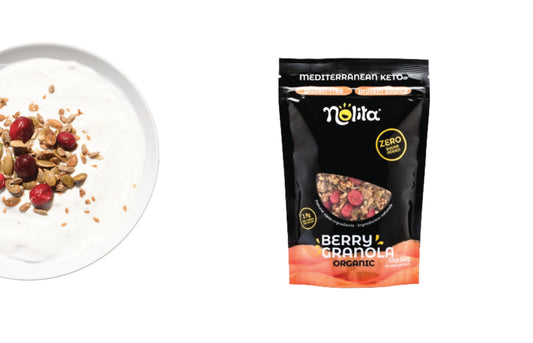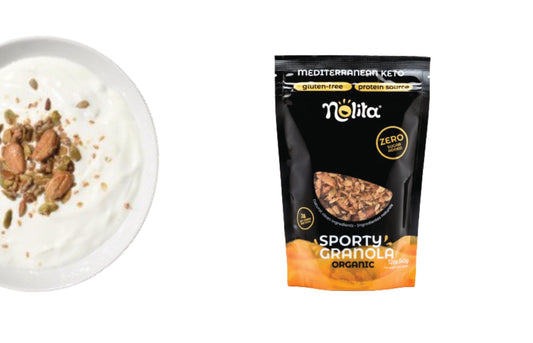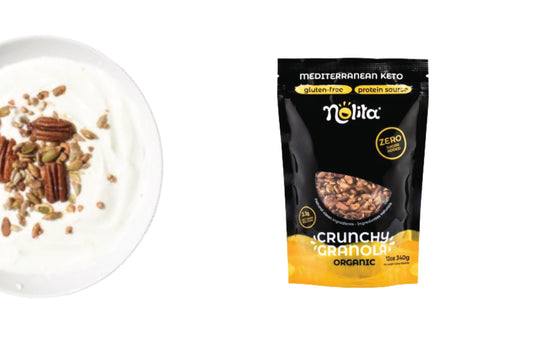What is celiac disease?
Celiac disease is an autoimmune disorder that affects the digestive system of those who suffer from it. It is caused by an intolerance to gluten, a protein found in wheat, barley, and rye. When someone with celiac disease consumes gluten, their body’s immune system attacks the small intestine, which can lead to a variety of symptoms, including abdominal pain, bloating, diarrhea, and weight loss.
How to diagnose the celiac disease?
Celiac disease can be difficult to diagnose, as the symptoms can be similar to those of other digestive disorders. If you suspect you may have celiac disease, it is important to see a doctor for testing. If the diagnosis is confirmed, your doctor will be able to provide advice on how to manage the condition.
Exists a treatment for celiac disease?
The only treatment for celiac disease is a strict gluten-free diet. This means avoiding all foods that contain gluten, including bread, pasta, and many processed foods. It can be difficult to maintain a gluten-free diet, as gluten is found in many common foods. However, there are now many gluten-free alternatives available in stores, making it easier to find suitable options.
The good news is that there are plenty of delicious and nutritious gluten-free foods that celiacs can enjoy. Fruits and vegetables are naturally gluten-free and make great snacks and side dishes. Gluten-free grains like quinoa, buckwheat, amaranth and sorghum are also excellent sources of vitamins and minerals. These grains can be used to make delicious and nutritious meals.

In addition to grains, there are plenty of other foods that are safe for those with celiac. Fruits and vegetables are always a great choice, as they are naturally gluten-free. Other safe foods include eggs, dairy products, nuts, seeds, legumes, and meat. It is also important to remember that there are many processed foods that are gluten-free. These include gluten-free breads, pastas, and cereals. There are also many gluten-free snacks, such as chips, crackers, and cookies. Eating with celiac disease doesn’t have to be difficult. There are plenty of delicious and nutritious foods that are safe for those with celiac.
By reading labels carefully and avoiding gluten, those with celiac can enjoy a variety of delicious and healthy meals.

Nolita's products are suitable for celiacs. All of our products are gluten-free, and they offer a wide range of gluten-free options, including breads, pastas, and snacks. They also have a variety of vegan and organic options, making it easy to find something that suits your dietary needs.
Celiac disease is not fatal, but it can lead to serious health problems if left untreated. People with celiac disease are at an increased risk of developing other autoimmune disorders, such as type 1 diabetes and thyroid disease. They are also at an increased risk of developing certain types of cancer, such as lymphoma.
|
The bottom line: Celiac disease is a serious condition, but it can be managed with a strict gluten-free diet. People with celiac disease should work with their doctor and a dietitian to develop an individualized meal plan that meets their nutritional needs. Normally this diet includes:
|
Photo: pixabay
Bibliography:
- Mascarenhas-Melo, F., & Vaz, R. (2017). Celiac Disease: An Overview of Clinical Presentation and Diagnosis. Gastroenterology Research and Practice, 2017, 1-10. https://pubmed.ncbi.nlm.nih.gov/28674666/
- Singh, G., & Dhawan, A. (2018). Celiac Disease: Diagnosis, Clinical Aspects and Treatment. Journal of Clinical and Diagnostic Research, 12(7), UH01-UH05. https://pubmed.ncbi.nlm.nih.gov/30672567/
- Afzalpurkar, M., & Brar, P. (2019). Pathogenesis of Celiac Disease and Recent Advances in Diagnosis and Treatment. Indian Journal of Gastroenterology, 38(4), 231-238. https://pubmed.ncbi.nlm.nih.gov/31500248/
- Rubio-Tapia, A., & Murray, J. A. (2013). Celiac Disease and the Gluten-Free Diet: An Overview. American Journal of Gastroenterology, 108(7), 862-873. https://pubmed.ncbi.nlm.nih.gov/24211073/
- L.R. Lardizabal, R.D. Leffler, S.K. Kelly, G.P. Green, S.S. Edmiston, A.K. Murray, K.A. Weitkamp, and D.R. Fasano, “Gluten-Free Diets for Patients with Celiac Disease: A Review,” Gastroenterology & Hepatology, vol. 14, no. 12, pp. 826–835, 2018.





